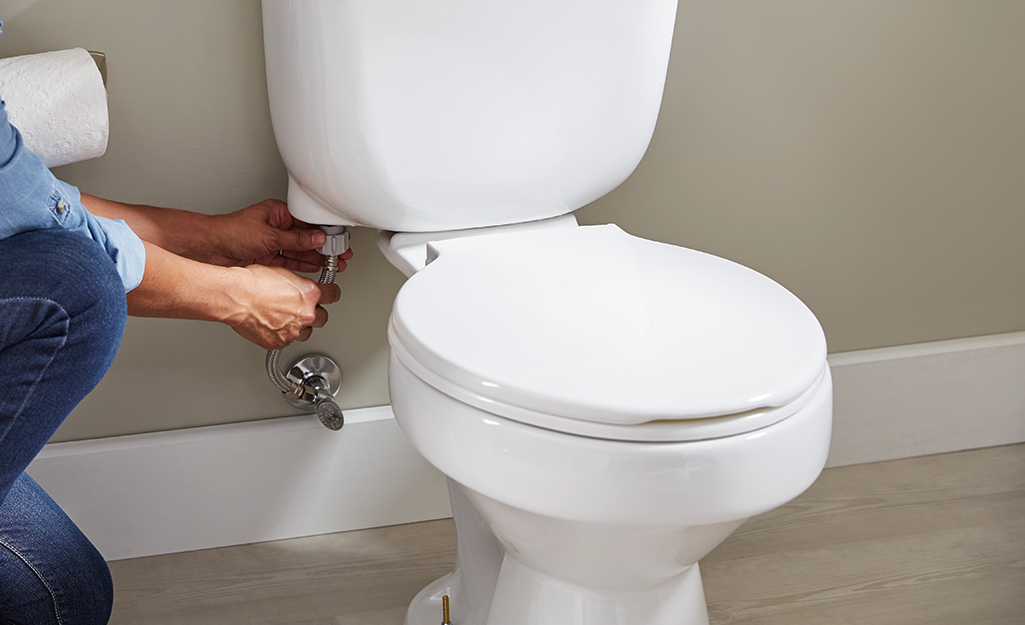If you’ve noticed water seeping through your bathroom tiles, there’s a good chance that your bathroom grout is leaking. This common issue can lead to more significant problems if not addressed promptly. Understanding the causes and effective solutions for a leaking bathroom grout is essential for maintaining a safe and dry bathroom environment.

Understanding Bathroom Grout
Grout is a porous material used to fill gaps between tiles. Over time, it can deteriorate, allowing water to seep through. This leakage can cause damage to the underlying structures and potentially lead to mold and mildew growth.
Signs of Bathroom Grout Leaking
Identifying the signs of a leaking bathroom grout early can save you from costly repairs. Watch out for these indicators:
- Discoloration of grout lines
- Visible water stains on ceilings or walls below the bathroom
- Loose or cracked tiles
- Mold or mildew around tiles
Causes of Bathroom Grout Leaking
Several factors can contribute to grout leakage in your bathroom:
Poor Installation
Improper installation of tiles and grout can lead to gaps and weak points where water can seep through. Ensuring professional installation can prevent this issue.
Wear and Tear
Over time, grout can wear down due to regular use, cleaning, and exposure to moisture. This natural wear and tear can create paths for water to penetrate your bathrooms surfaces.
Lack of Sealing
Grout should be sealed periodically to maintain its water-resistant properties. Failing to do so can result in water infiltration.
Solutions for Bathroom Grout Leaking
Addressing a leaking bathroom grout requires a combination of immediate fixes and preventive measures:
Regrouting
Removing the old grout and applying new grout can effectively seal the gaps between tiles. This process involves careful removal of damaged grout and precise application of new grout.
Sealing Grout
Applying a high-quality grout sealer creates a protective barrier against moisture. It’s advisable to reseal grout every six months to a year, depending on bathroom usage.
Professional Inspection
If you’re unsure about the extent of the damage, it’s wise to consult a professional who can assess the situation and recommend the best course of action. Consider reading more about hidden water leaks from a trusted source.
Preventing Future Grout Leaks
Prevention is key to avoiding future grout leaks. Here are some tips to keep your bathroom dry and secure:
Regular Maintenance
Perform routine checks for loose or cracked tiles, discoloration, and mold. Promptly address any issues to prevent escalation.
Keep Tiles Dry
After using the bathroom, ensure tiles are dried, especially around grout lines. Excess water can weaken grout over time.
Use Quality Materials
Invest in high-quality grout and sealers for your bathroom. Quality materials are more durable and effective in preventing leaks.
When to Seek Professional Help
While some grout repairs can be done DIY, certain situations require professional expertise:
- Extensive water damage or mold growth
- Persistent leaks despite DIY efforts
- Complex bathroom designs that require specialized skills
In such cases, consider consulting experts who specialize in bathroom tiles leaking for comprehensive solutions.

FAQs About Bathroom Grout Leaking
How often should bathroom grout be sealed?
It’s recommended to seal bathroom grout every six to twelve months, depending on the frequency of use and exposure to moisture.
Can I fix grout leaks myself?
Minor grout leaks can often be fixed with DIY methods, such as regrouting and sealing. However, for extensive damage, professional assistance may be needed.
What are the long-term effects of ignoring grout leaks?
Ignoring grout leaks can lead to structural damage, mold growth, and costly repairs. It’s crucial to address leaks promptly to prevent further issues.
For more detailed guidance on fixing bathroom leaks, explore how to fix a bathroom leak and keep your home safe and dry.
This article contains affiliate links. We may earn a commission at no extra cost to you.



